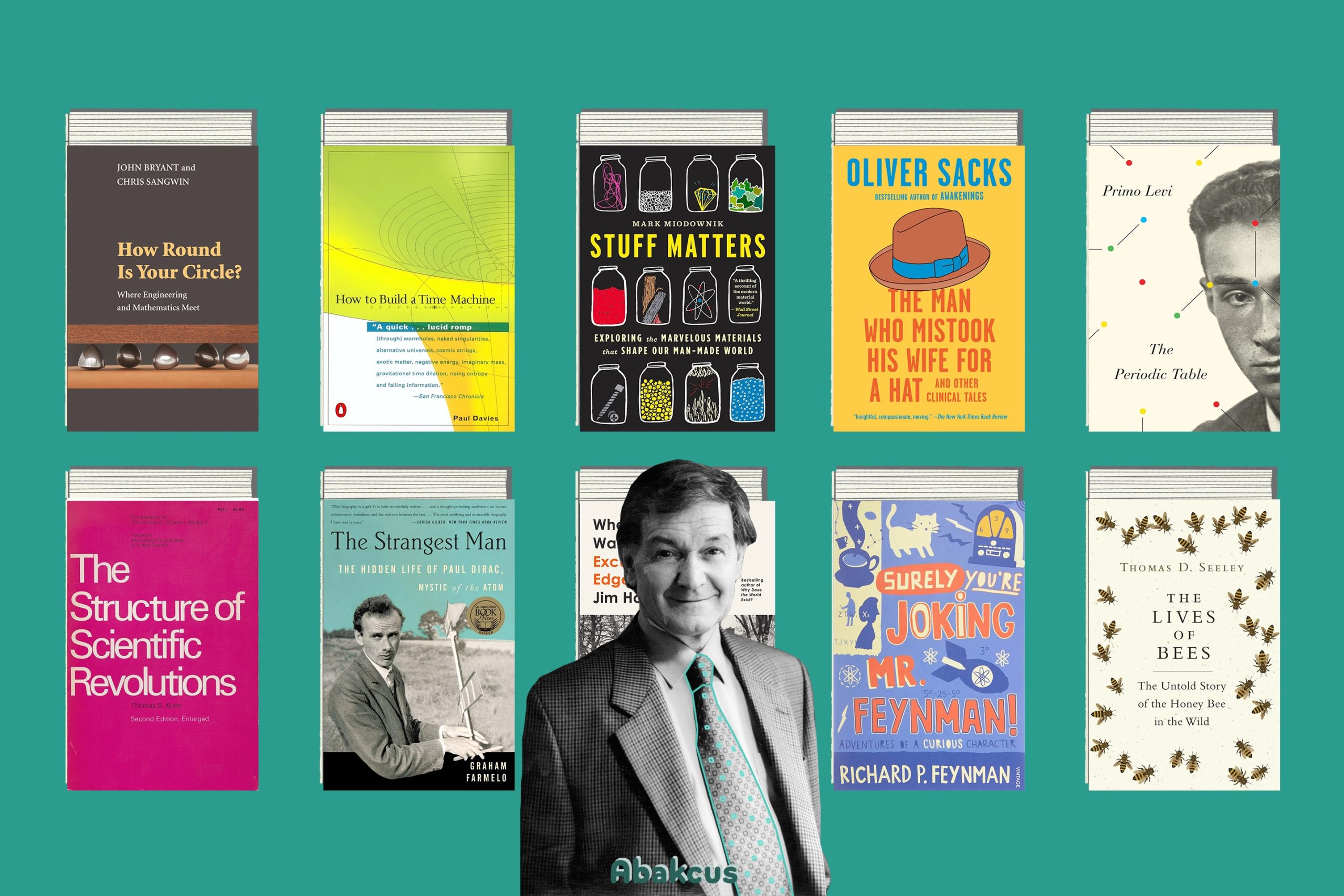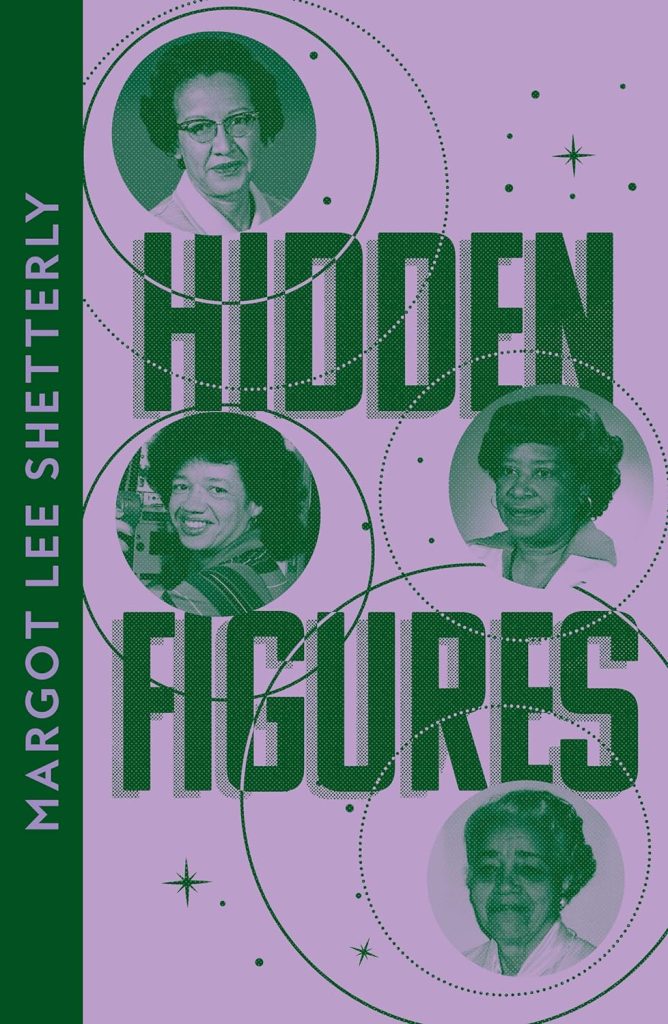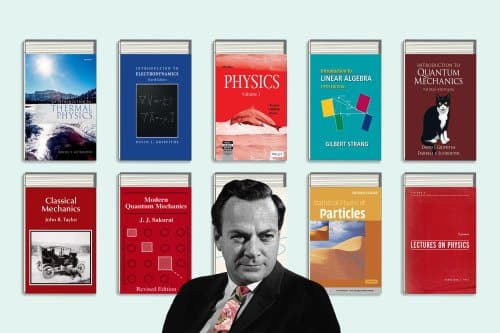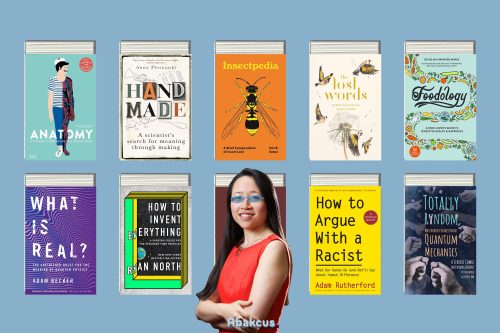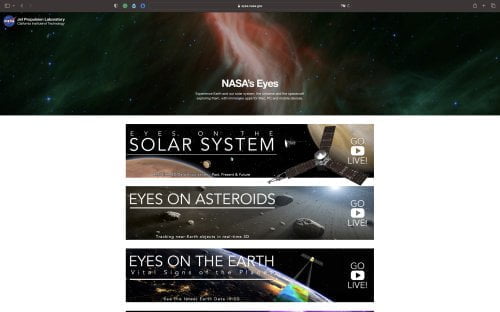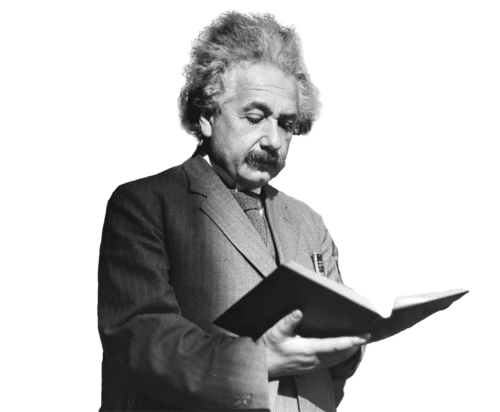A love for science often begins with a captivating book and the ones listed here have the power to ignite that spark. These science books are not only the highest-rated on Goodreads, but have also received critical acclaim, academic endorsement, and commercial success. From the mysteries of quantum physics to the intricate workings of the human anatomy, these works offer readers a profound understanding of the world around us. Their insightful content, compelling narratives, and groundbreaking research have firmly established them as vanguards in their respective fields.
Reading science books is an enriching experience that enhances our understanding of the world. It immerses us in the wonders of the universe, from the smallest particles to the vastness of the cosmos. These science books bridge the gap between complex scientific theories and our everyday experiences, allowing us to appreciate the intricate design of nature and technology. Moreover, they inspire us to ask questions, think critically, and nurture our curiosity. Whether you’re a scientist, a student, or simply a curious mind, science books are essential tools for cultivating a lifelong love for learning and discovery.
30+ Top Science Books for Science Lovers

This science books list includes absolute classics of scientific literature as well as modern masterpieces. All of these science books are highly recommended for science aficionados and inquisitive minds alike. I have curated this list from top-rated science books on Goodreads and Amazon, and have also provided their relative ratings for comparison purposes. Whether it’s a timeless classic or a contemporary gem, each book on this list has the power to take you on a journey of scientific exploration and discovery.
The Double Helix is a wonderfully candid recounting of the scientific process, revealing the interplay between precedent and the human condition.
By identifying the structure of DNA, the molecule of life, Francis Crick and James Watson revolutionized biochemistry and won themselves a Nobel Prize. At the time, Watson was only 24, a young scientist hungry to make his mark. His uncompromisingly honest account of the heady days of their thrilling sprint against other world-class researchers to solve one of science’s greatest mysteries gives a dazzlingly clear picture of a world of brilliant scientists with great gifts, very human ambitions, and bitter rivalries.
With humility unspoiled by false modesty, Watson relates his and Crick’s desperate efforts to beat Linus Pauling to the Holy Grail of life sciences: the identification of the basic building block of life. Never has a scientist been so truthful in capturing the flavor of his work in words.
I loved The Double Helix because it showed me another side of science. First, The Double Helix tells about how regular people make big discoveries. Those regular people don’t bother about the money; their biggest passion is science. This book moves science forward because it makes the young mind think they can move the science themselves like Watson and crick and decide to master biochemistry or physics.
Secondly, The Double Helix is a real story about the collaboration and opposition between scientists, which is not well-known to regular people. It is really interesting to learn about.
In a world where role models can shape our future, Hidden Figures: The American Dream and the Untold Story of the Black Women Who Helped Win the Space Race is a powerful beacon of inspiration. Margot Lee Shetterly’s captivating nonfiction masterpiece sheds light on the incredible achievements of African-American female mathematicians who transformed American space travel.
Step into the lives of Katherine Goble Johnson, Dorothy Vaughan, and Mary Jackson as they navigate a path from segregated computing offices to managerial and engineering roles within NASA. Spanning the impactful years from the 1940s to the 1980s, this book unveils the remarkable intersection of aeronautic innovation and space exploration. It not only captures the essence of America’s historic transformation during the 20th century, but also delves into complex issues such as international relations, segregation, and economic growth.
Through personal accounts, you’ll witness the challenges these trailblazers faced as they competed with their white colleagues and male counterparts. Beyond their professional achievements, their unwavering commitment to their communities is truly awe-inspiring. Margot Lee Shetterly’s writing is a masterful blend of thoughtful storytelling and well-researched facts, effortlessly weaving together interviews with these remarkable women. The emotion and depth that Hidden Figures captures far surpasses the Hollywood adaptation it inspired.
If you’re seeking an educational and illuminating read that explores the post-war Black working class of America, Hidden Figures is an exceptional choice. Prepare to be inspired by the resilience and tenacity of these “hidden figures” who have long been overlooked in history’s pages. Their stories serve as a beacon of hope and a reminder of the transformative power of perseverance.
Experience the unforgettable journey of a young American reporter as he delves into the captivating world of memory. In “Moonwalking with Einstein,” follow along as he unravels the mystery of memory through engaging conversations with those who hold the answers. From eye-opening encounters to mind-boggling science, this book introduces readers to groundbreaking research while enchanting them with the thrill of discovery.
Join the adventurous protagonist as he stumbles upon mind-blowing feats of mental athletics and attends memory championships where ordinary people achieve extraordinary feats. Along the way, he is mentored by an intriguing character from Oxford and meets a self-help guru who challenges conventional thinking about the brain.
Embark on a journey through time, exploring ancient memory techniques employed by the likes of Simonides of Ceos and journeying into the depths of cognitive science. Encounter fascinating stories of individuals who possess incredible recall abilities and others who tragically lose their memories.
Filled with intellectual insights, literary references, and plenty of humor, “Moonwalking with Einstein” is an exhilarating read that will leave you pondering the limits of memory. Discover the exhilaration of total recall under testing conditions and the surprising challenges of memorizing a poem versus numbers or cards.
A delightful blend of storytelling and scientific exploration, this book is a celebration of the human mind and the wonders it holds. Dive into the world of memory competitions and meet an eclectic group of participants who will entertain and inspire you.
“Moonwalking with Einstein” is more than just a book; it’s an unforgettable adventure with lasting impact. While our protagonist may not achieve a flawless memory, he leaves with a renewed appreciation for the power and joy of discovery.
The legend of Richard Feynman continues to captivate us even after his passing. With “the best short works of Richard P. Feynman,” The Pleasure of Finding Things Out offers a diverse range of his writings, shedding further light on the mind of this brilliant and unconventional scientist.
Included in this collection are interviews, lectures, reminiscences, and even Feynman’s minority report on the Challenger inquiry. From personal anecdotes to technical pieces, The Pleasure of Finding Things Out provides an excellent introduction to Feynman, showcasing his inquisitive mind, his wit, and his genius.
While some of the writings may seem haphazard, this variety allows readers to fully appreciate the many facets of Feynman. Descriptions of his youth, where he discovered “the pleasure of finding things out,” and his insatiable curiosity about the world give a vivid glimpse into the man behind the accomplishments.
Whether discussing his experiences in Los Alamos, exploring cult sciences, or contemplating the future of technology, Feynman’s curiosity and skepticism shine through. The Pleasure of Finding Things Out is filled with captivating anecdotes and thought-provoking speculations that keep readers engaged and constantly looking ahead to the next idea.
However, it is important to note that the book‘s directness can also be its weakness. The prose is unpolished, with transcriptions of lectures and interviews lacking in clarity. A stronger editorial hand could have improved the readability and provided clearer introductions and attributions.
Despite these flaws, Feynman’s generous spirit permeates the pages, making the journey through occasionally muddled prose worthwhile. Many of his insights, even decades later, remain relevant and thought-provoking. The Pleasure of Finding Things Out is a recommended read, with the caveat that readers should not expect a perfectly polished experience.
Editorial mistakes in the American edition, such as incorrect information about Brownian motion and a misspelling of James Joyce’s work, are unfortunate and should have been avoided. It is our hope that future editions will address these issues.
Experience the brilliance of Albert Einstein’s groundbreaking theories in Relativity: The Special and the General Theory. First published in 1920, this timeless masterpiece continues to captivate readers with its unique blend of scientific insight and accessible language.
In celebration of the centennial of general relativity, the 100th anniversary edition of the book, translated by Robert W. Lawson and edited by Hanoch Gutfreund and Jürgen Renn, offers a fresh perspective with added historical context. Gain a deeper understanding as you explore Einstein’s path to his field equations and unlock the secrets of the universe.
Einstein’s descriptions of special relativity are both pleasurable and easy to read, making it an ideal resource for students. With gentle and intuitive derivations, the concepts of time dilation, length contraction, and the Lorentz transformations come to life. Even the more technical explanations in the appendix are easily understood by undergraduate physics students.
Delve into the world of general relativity and experience Einstein’s own words as he describes the intricacies of spacetime and curved space. Gain valuable insight into non-Euclidean geometry and develop a newfound intuition for the subject.
While the general relativity section may require some prior knowledge, it remains a captivating read for physicists and those with a keen interest in the field. Discover the gems hidden within the post-1917 editions, including Arthur Eddington’s measurement of the deflection of light by the Sun’s gravitational field and Einstein’s evolving understanding of the universe.
Embark on an intellectual journey with Relativity: The Special and the General Theory. Experience the enduring impact of Einstein’s theories and witness the survival of special and general relativity through rigorous scientific testing. With a compelling historical introduction by Gutfreund and Renn, this book is a must-read for physicists and curious minds alike. Uncover the mysteries of the universe and expand your knowledge today.
What is the most popular science book?
How do I start reading science?
Are popular science books worth reading?
If you’ve ever been intimidated by scientific jargon and complex theories, popular science books might just be the solution you need. These science books are written in a tone and style that the average person can understand, making them accessible to those without a background in science. They aim to explain complex scientific concepts in a way that is interesting and engaging for the general public. Not only can popular science books deepen your understanding of the world around you, but they can also inspire you to learn more about scientific discoveries and innovations. So next time you’re looking for a new book to read, consider diving into the fascinating world of popular science.

